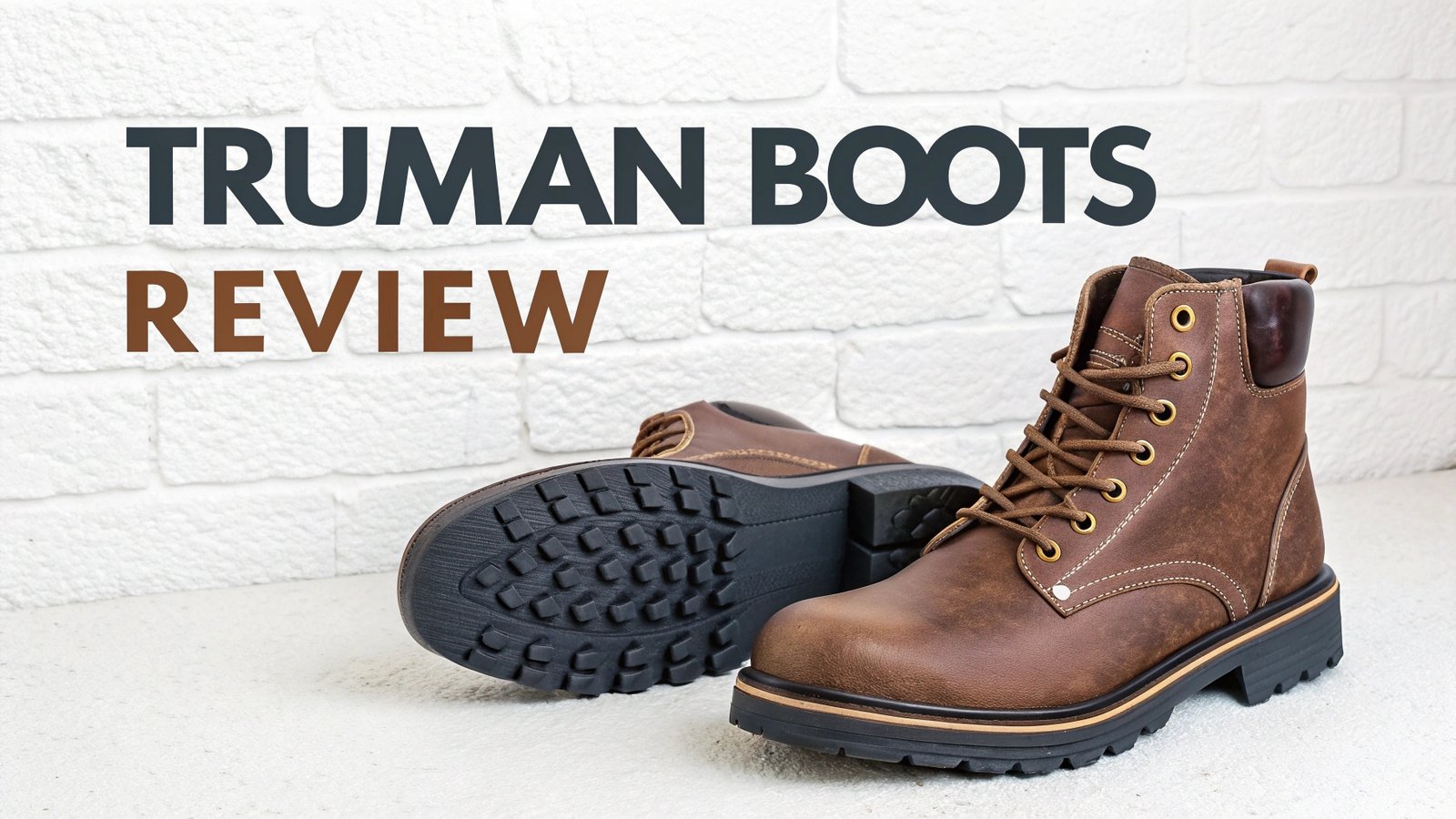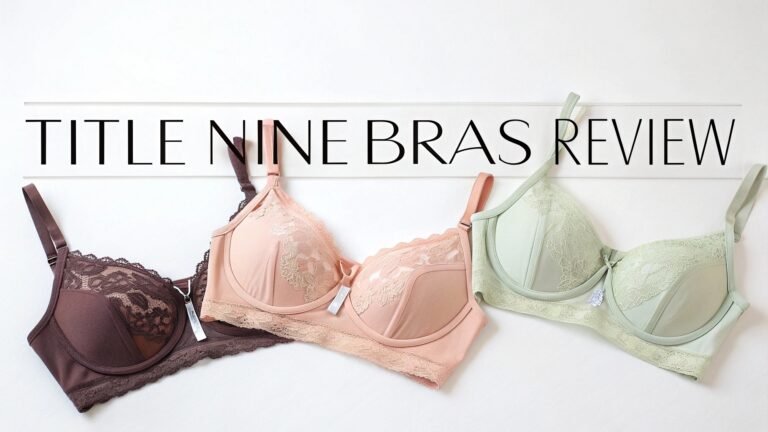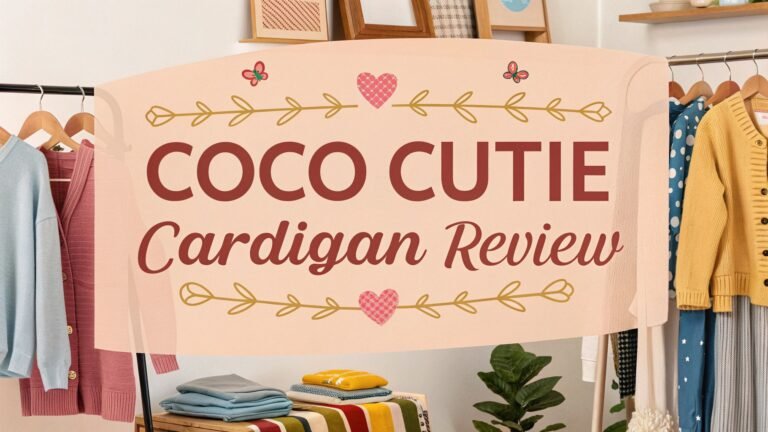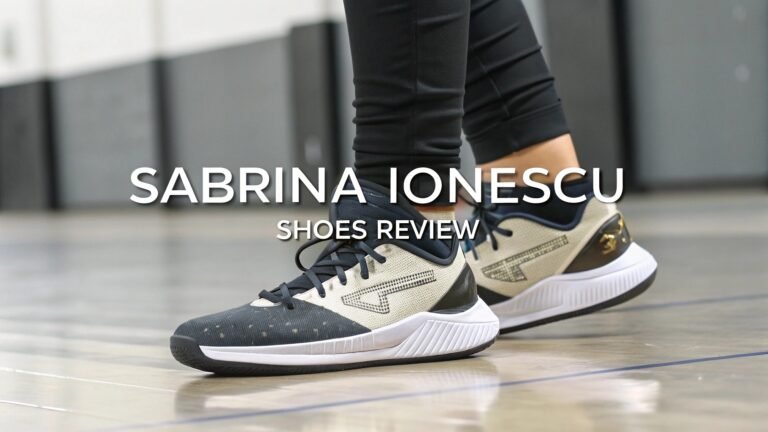Truman Boots Review: Quality Craftsmanship for Everyday Wear
When you look for quality footwear that lasts, Truman Boots sits at the top of the list for many boot fans. These handcrafted leather boots come from a small workshop in Eugene, Oregon, where skilled workers make each pair with care.
Founded in 2014 by Vince Romano, Truman Boots started with one goal: to create boots that last in a world where things break down too fast. The brand stands strong in the American boot scene, with prices that match their value.
They offer unique leather options you cannot find with other brands. This review looks at what makes Truman Boots worth your money, how they feel on your feet, and if they really hold up over time.

In a Nutshell:
Before diving into the full review, here are the most important things you need to know about Truman Boots:
- American Made: Each boot is handcrafted in Eugene, Oregon by a small team of skilled craftspeople
- Premium Materials: Truman sources exceptional leathers from renowned tanneries like Horween, C.F. Stead, and Seidel
- Price Range: Typically priced between $460-$580, positioning them between mainstream brands and ultra-premium bootmakers
- Construction Method: Most models feature a 270-degree stitchdown construction that balances durability with flexibility
- Sizing: Generally run half a size large on their Casual and Formal lasts, and a full size large on their Work last
- Break-in Period: Require a moderate break-in period of about 5-10 wears for most models
- Unique Selling Point: Access to rare and distinctive leathers not commonly found in other boot brands
- Durability: Built with thick leather and robust construction for years of regular wear
- Comfort: Feature a steel shank for stability and leather insoles that mold to your foot over time
- Best For: People who want high-quality American-made boots with unique character without spending $700+ on heritage brands
- Popular Models: The Java Waxed Flesh boot remains their most iconic and sought-after model
The History and Evolution of Truman Boots
Truman Boot Company began when founder Vince Romano taught himself to make boots over a two to three year period. He launched the company in 2014, naming it after his border collie. The brand started in Pennsylvania before moving operations to Boulder, Colorado, and finally settling in Eugene, Oregon, where they currently work.
What sets Truman apart is their commitment to quality materials and craftsmanship. Unlike larger companies that focus on mass production, Truman maintains a small team of craftspeople who build each boot by hand. This allows them to work with unique leathers and maintain strict quality control.
Over the years, Truman has built a loyal following among boot enthusiasts who value their distinctive aesthetic and robust construction. While they lack the century-old heritage of some American boot makers, they have carved out their own space in the market by offering something different: boots with personality and character that still deliver on durability.
Popular Truman Boot Models and Their Distinctive Features
Truman offers several boot models, each with unique features that appeal to different tastes and needs. Their most popular offerings include:
The Java Waxed Flesh boot stands as their flagship model. This boot uses a special leather from Horween that starts as a rich, dark brown with a glossy waxed finish. The waxed flesh leather comes from the rough (flesh) side of the hide but gets treated with wax for water resistance and durability. Users praise how this leather ages, developing a unique patina that tells the story of your wear.
Their Rambler series uses waxed, shrunken suede from England’s C.F. Stead tannery. These boots come in vibrant colors like Stone, Coach, and Cognac, offering a more casual look while maintaining durability.
The Horse Rump boots feature leather from the rear portion of horsehide, known for its tight grain pattern and exceptional resilience. This rare leather creates boots that stand out for both their story and their strength.
For those seeking something more formal, Truman offers Calf Leather boots with a sleeker profile. These feature supple yet durable calf leather with subtle coloration, making them versatile enough for both casual and semi-formal settings.
The Predator series suits those who need work-ready boots. These boots use leather specifically designed to withstand harsh conditions, making them perfect for those who put their footwear through tough tests daily.
Check Out This Product Here
Quality and Craftsmanship: What Goes Into a Pair of Truman Boots
Truman Boots builds their reputation on quality materials and construction methods. Each pair starts with premium leathers from renowned tanneries like Horween in Chicago, C.F. Stead in England, and Seidel in Milwaukee. They choose leathers based on strength, character, and how they improve with age.
The construction process uses a 270-degree stitchdown method on most models. This technique differs from Goodyear welting, creating a more water-resistant seal between the upper and the sole while allowing for easier resoling. The flat welt gives a lower profile look compared to the upturned lip found on storm welts.
Inside each Truman boot, you find a steel shank between the leather midsole and insole. This provides stability during long walks and helps the boots maintain their shape over years of wear. The thickness of the leather they use exceeds what you find in most mainstream boot brands, adding to their durability.
The attention to detail shows in the clean stitching, sturdy hardware, and thoughtful design elements. While they may not have the perfect finish of bench-made dress shoes, this reflects their focus on creating hardworking boots rather than display pieces.
Comfort and Fit: Finding Your Perfect Size in Truman Boots
Getting the right fit ranks as crucial for comfort with any footwear, and Truman Boots offers several lasts to accommodate different foot shapes. Their three main lasts include:
The Casual Last (previously known as the 79 last) offers the most accommodating fit for daily wear. Available in narrow (B), standard (D), and wide (EE) widths, it features a roomy toe box while maintaining a secure heel fit. This last suits plain toe designs and everyday use.
The Formal Last (previously called the 56 last) presents a sleeker profile with an almond-shaped toe. This creates a more refined look for those wanting boots that bridge casual and formal settings.
The Work Last (inspired by their former 20 last) caters to those needing boots for demanding environments. It includes a snug heel cup and bumped-up toe for protection.
For sizing, most people should go down half a size from their standard US size with the Casual and Formal lasts. With the Work last, go down a full size. If comparing to other brands, Truman boots typically run half a size larger than Red Wing Iron Rangers and similar to Alden Trubalance sizing.
During the break-in period, expect some initial stiffness from the thick leather. Most users report that Truman boots become comfortable after about 5-10 wears, with the leather molding to your foot shape over time. The leather insoles and midsoles also compress slightly to create a custom fit.
Durability and Performance: How Truman Boots Hold Up Over Time
The true test of boot quality comes with time and use. Truman boots excel in this area, with many users reporting years of regular wear with proper care. The thick leather uppers resist cracking and maintain their structure even with frequent use.
The Commando sole Truman uses on many models provides excellent traction on various surfaces. This rubber outsole resists wear better than leather soles while offering grip in wet conditions. The leather midsole and insole create a comfortable foundation that molds to your feet over time.
Users particularly praise the water resistance of models like the Java Waxed Flesh. The waxed finish repels water naturally, while the stitchdown construction creates a tight seal between the upper and the sole. This makes them suitable for rainy climates without needing additional waterproofing treatments.
The steel shank in each pair adds stability and support for all-day wear. This feature, combined with the quality materials, makes Truman boots suitable for long walks and standing for extended periods. The robust construction also helps the boots maintain their shape over years of use.
Truman Boots Pricing: Value for Your Investment
Truman Boots occupy a middle ground in the premium boot market. Most models range from $460 to $580, positioning them above mainstream brands like Red Wing but below ultra-premium makers like Viberg. This pricing reflects their small-batch production methods, quality materials, and American craftsmanship.
While not cheap, they offer good value for the investment when you consider their durability. Many users report their Truman boots lasting for years with proper care, making the cost per wear quite reasonable. The company also offers a “Seconds and Samples” collection with minor cosmetic flaws at reduced prices, typically $60-100 less than first-quality boots.
The pricing includes details that add value, such as:
- Hand-selected premium leathers
- Full leather insoles and midsoles
- Brass hardware that resists corrosion
- Vibram or similar quality rubber outsoles
- American labor and craftsmanship
When comparing cost to competitors, Truman offers access to unique leather options that would cost significantly more from other makers. Their pricing structure puts quality craftsmanship within reach for those serious about boots without requiring the investment of higher-end brands.
Caring for Your Truman Boots: Maintenance Tips and Tricks
Proper care extends the life of your Truman boots significantly. Follow these simple steps to keep them looking and performing their best:
For regular cleaning, use a horsehair brush to remove dust and dirt. For stubborn dirt, wipe with a damp cloth, then allow the boots to dry naturally away from direct heat sources. Heat can cause leather to shrink or crack.
Conditioning frequency depends on the leather type, your climate, and how often you wear the boots. As a general rule, condition when the leather feels dry or stiff. For most users, this means conditioning every 3-4 months with regular wear.
Different leather types need specific care approaches:
- Waxed Flesh leathers (like Java Waxed Flesh) need minimal conditioning. When necessary, use a light application of Venetian Shoe Cream or similar product.
- Smooth leathers benefit from regular conditioning with products like Bick 4 or Venetian Shoe Cream.
- Rough out or suede leathers should be brushed regularly with a suede brush and treated with a water repellent spray when needed.
Allow your boots to rest between wears with cedar shoe trees inserted. This helps absorb moisture and maintain the boot’s shape. Rotating between multiple pairs extends the life of all your footwear.
For sole care, avoid prolonged exposure to moisture and clean the welt regularly to prevent dirt buildup that can compromise the stitching.
Truman Boots vs. Competitors: How They Stack Up
In the premium boot market, Truman competes with several established brands. Here’s how they compare:
When placed beside Red Wing, Truman offers thicker leather, more unique leather options, and generally more robust construction. However, this comes at a higher price point, with Truman boots typically costing $150-200 more than Red Wing models.
Compared to Viberg, Truman provides similar quality at a lower price point. Viberg boots start around $694, while Truman boots range from $460-$580. Both use premium leathers and quality construction, but Viberg has a longer heritage and some would argue more refined finishing.
Next to Nick’s Boots, Truman offers a more casual and less work-oriented aesthetic. Nick’s focuses on serious work boots with heavier construction, while Truman balances durability with style for everyday wear.
Against Thursday Boot Co., Truman provides significantly better materials and construction at roughly double the price. Thursday offers good value for entry-level boots, while Truman represents the next tier up in quality and longevity.
For those considering Grant Stone, Truman offers American-made construction and more unique leather options, while Grant Stone provides excellent value with slightly more consistent finishing at a similar price point.
Who Should Buy Truman Boots: Ideal Customer Profile
Truman Boots suit certain types of customers particularly well. You might find them perfect if you:
- Value American-made products and want to support small-scale domestic manufacturing
- Appreciate unique, characterful leathers that develop personal patina over time
- Need boots that balance durability with style for both work and casual settings
- Want quality construction without spending $700+ on ultra-premium brands
- Enjoy boots with distinctive personality rather than mainstream designs
- Have a wider foot that needs accommodation in the toe box
- Prefer boots that look better as they age instead of deteriorating
These boots particularly appeal to those who see footwear as an investment and appreciate the craftsmanship involved. If you want boots that tell a story through how they age and wear, Truman offers some of the most interesting options in their price range.
The Final Verdict: Are Truman Boots Worth the Investment?
After reviewing all aspects of Truman Boots, the verdict comes down to what you value in footwear. For those who prioritize quality materials, distinctive character, and American craftsmanship, Truman Boots offer excellent value.
Their thick, premium leathers and solid construction ensure durability that justifies the price tag for most users. The unique aesthetic and leather options provide something different from mainstream brands, allowing for personal expression through footwear.
The moderate break-in period rewards patience with boots that conform to your feet and become increasingly comfortable over time. While not perfect in every detail, their minor imperfections reflect their handmade nature rather than quality issues.
For customers who prioritize absolute perfection in finishing or need dressy boots, other brands might better suit their needs. But for those seeking characterful, durable boots made in America with distinctive leathers, Truman represents one of the best options in their price range.
The risk-to-reward ratio favors the buyer, especially with their popular models like the Java Waxed Flesh, which have proven track records for aging beautifully and lasting through years of wear.
Frequently Asked Questions
Are Truman Boots true to size?
No. Size down half a size from your normal shoe size for their Casual and Formal lasts, and a full size down for their Work last.
Where are Truman Boots made?
All Truman boots are handcrafted in Eugene, Oregon, USA.
How long do Truman Boots last?
With proper care, expect 5-10 years of regular wear before needing resoling.
Can Truman Boots be resoled?
Yes. Their stitchdown construction allows for resoling by experienced cobblers.
What is waxed flesh leather?
It’s the rough side of leather treated with wax for water resistance and durability.
How often should I condition my Truman Boots?
Typically every 3-4 months with regular wear, or when the leather feels dry.
Do Truman Boots offer wide sizes?
Yes. Their Casual Last comes in narrow (B), standard (D), and wide (EE) widths.
What makes Truman Boots different from Red Wing?
Thicker leather, more unique leather options, and more robust construction.
Are Truman Boots good for work?
Yes, especially their Work Last models designed for demanding environments.
How do I break in my Truman Boots?
Wear them for short periods initially, gradually increasing wear time over 5-10 uses.
Hi i’m Mia Jenkins a fashion trend expert with a passion for self-expression and creativity. With a keen eye for style and a deep understanding of the latest trends.







